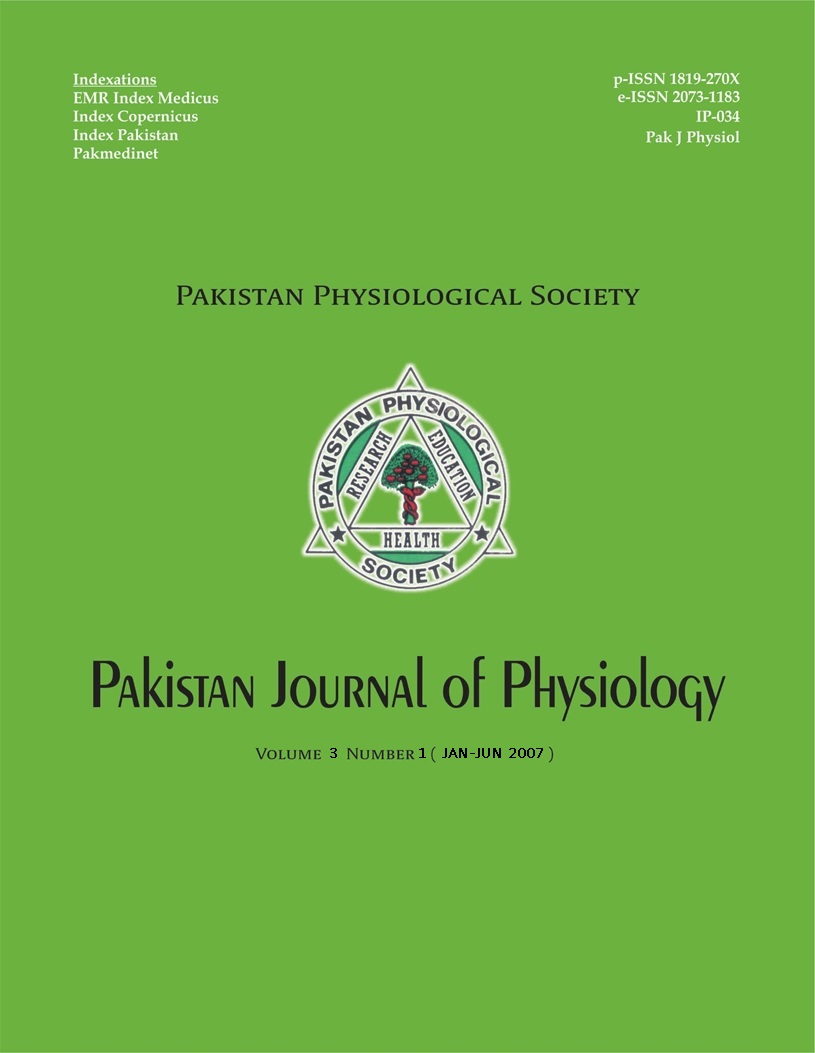FUNCTION OF ADH AND THIRST MECHANISMS IN THE FACE OF CONSUMING SALTY WATER IN MALE WISTAR RAT
DOI:
https://doi.org/10.69656/pjp.v3i1.601Keywords:
ADH, Concentration, Osmolarity, Salt, ThirstAbstract
Background: Seawater comprises 99% of water resources, and because a decrease in raining, the degree of water saltiness increased in some geographical areas. Access to fresh potable water has been limited, hence people and animal in such habitats are compelled to use salty water. It is important for us to know the function of antidiuretic hormone (ADH) and thirst mechanisms in the face of consuming salty water. Methods: One hundred and forty male Wistar rats, weighing 300±20 g allocated randomly to seven groups. Test groups consumed 1, 3, 5, 7 and 9% salt concentrations as drinkable water, another test group used distilled water, and control group consumed potable water. At the onset of the experiment and after 120 hours, blood samples were drawn to determine serum sodium level and plasma osmolality. This study repeated with 0.5, 1, 1.2, 1.4, 1.6, 1.8 and 2 percent salt concentrations. Results: Serum sodium level and plasma osmolarity have a direct relation with salt concentration in distilled water. This is evident that, when the rate of salt concentration in distilled water exceeds 1.4%, serum sodium level and plasma osmolarity increased significantly. Conclusion: ADH and thirst could control serum sodium level and plasma osmolarity in a limit wide of salt and water intake. ADH and thirst mechanisms could not control serum sodium level and plasma osmolarity, when the rate of salt concentration in distilled water exceeds 1.4%.Downloads
Downloads
Published
How to Cite
Issue
Section
License
The author(s) retain the copyrights and allow their publication in Pakistan Journal of Physiology, Pak J Physiol, PJP to be FREE for research and academic purposes. It can be downloaded and stored, printed, presented, projected, cited and quoted with full reference of, and acknowledgement to the author(s) and the PJP. The contents are published with an international CC-BY-ND-4.0 License.












